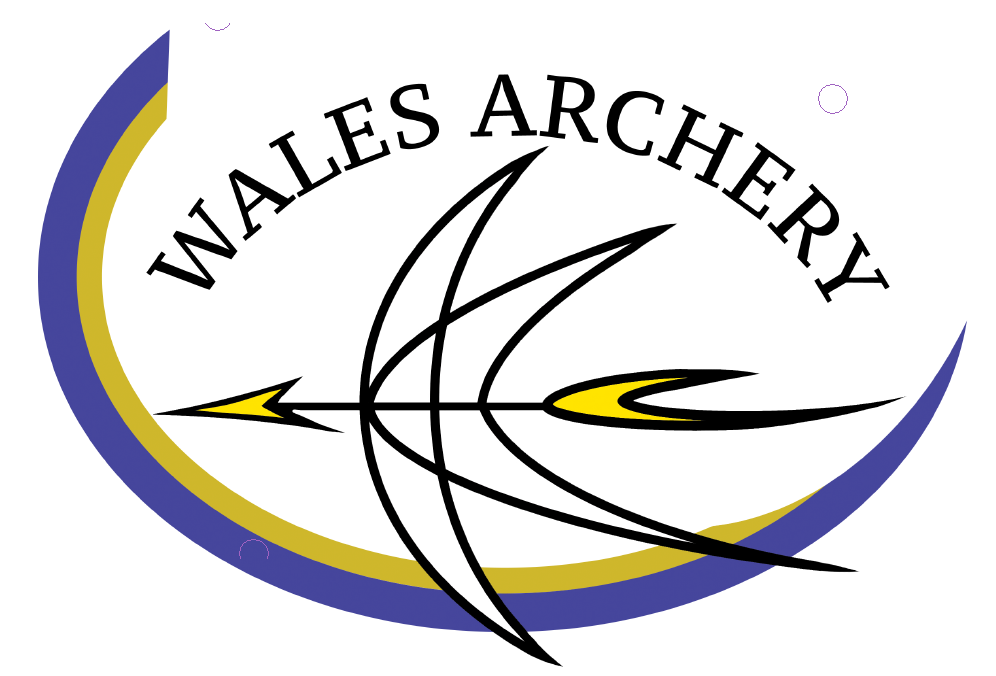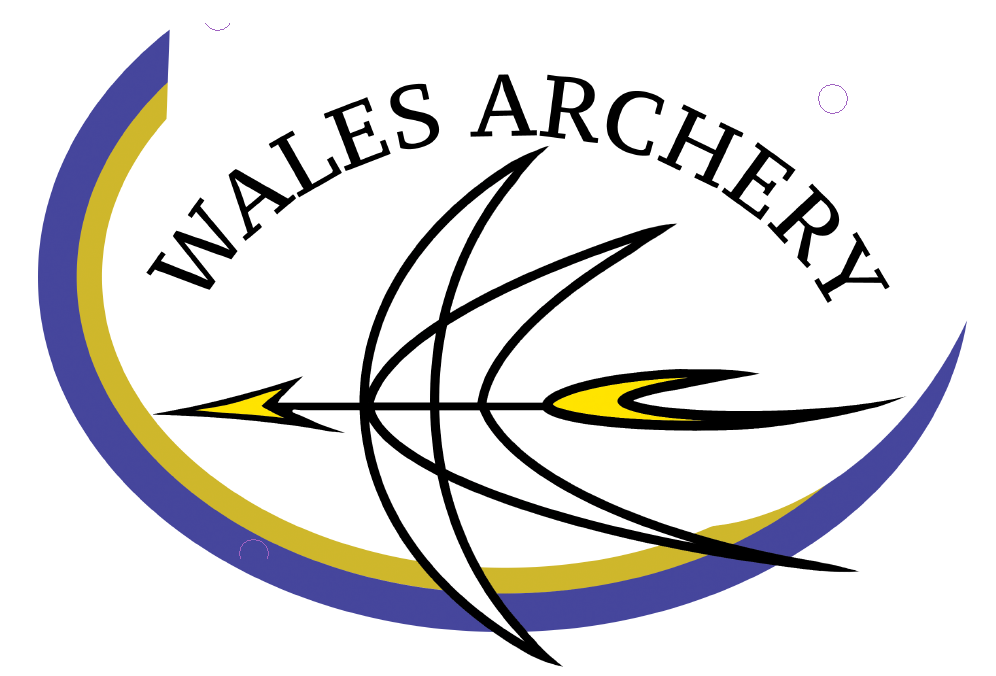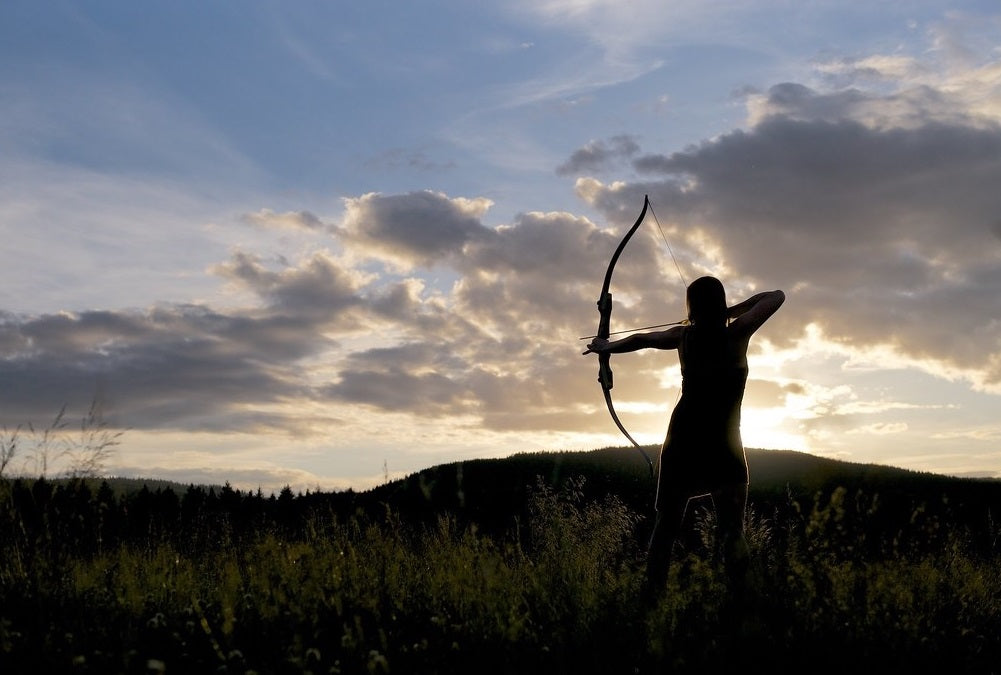In this blog we are going to look at how to reduce your crawl, if you are new to bare-bow check out our last post explaining what string walking is by clicking here.
When reducing the amount we string walk there are many different techniques we can use, below we will break them all down one by one.
Bracing height
The bracing height plays an integral role in when the arrow leaves the string, this means that a higher bracing height results in the arrow leaving the string sooner resulting in less energy being delivered into the arrow and thus less speed.
Nocking point
The nocking point is one of the major factors that determines at what angle the arrow leaves the bow, normally we would set the nocking point horizontally so that the arrow leaves the bow at a perfect level angle.
To make our point of aim higher up on the target face we can increase our nocking point height which will angle the point of the arrow lower down.
String construction
The first option we have is the strand count, the more stands that are in the string the heavier and slower it will be. This depends on what poundage and what string material you are using, for example if you are shooting 36lb you could go from a 16 strand 8125g string to a 20 strand 8125g string.
The other option available is to increase serving lengths and thicknesses on centre serving and end loops all adding more weight to the string and slowing it down.
Fletching size/style
Fletching size plays a crucial role is slowing down the arrow, the bigger the vane or feather the greater the speed loss. When we put this through a speed test going from a bare shaft to four inch Feathers we lost just over twenty feet per second, when we tested a bare shaft against EP16 vanes which are an inch and three quarters long we lost only five feet per second.
Longer and heavier arrows
The final option is going up to a higher spine shaft, then increasing the length and adding more point weight to bring the spine back in balance, all of this again slows down the arrow.
Conclusion
After extensive testing with an Easton ACE outdoor arrow setup compared to an Easton X7 Eclipse with all of the above changes made there was a phenomenal difference.
The ACE arrow my point of aim at 20 yards was just under a yard in front of the boss with no crawl to get it in the centre, with a few inches of crawl I was at the bottom of the boss but with a very noisy and critical setup.
The X7 Eclipse arrow with the above changes resulted in my point of aim being exactly where I wanted it to be which is on the face, with the smallest of crawls added I was point on in the middle of the target face.


